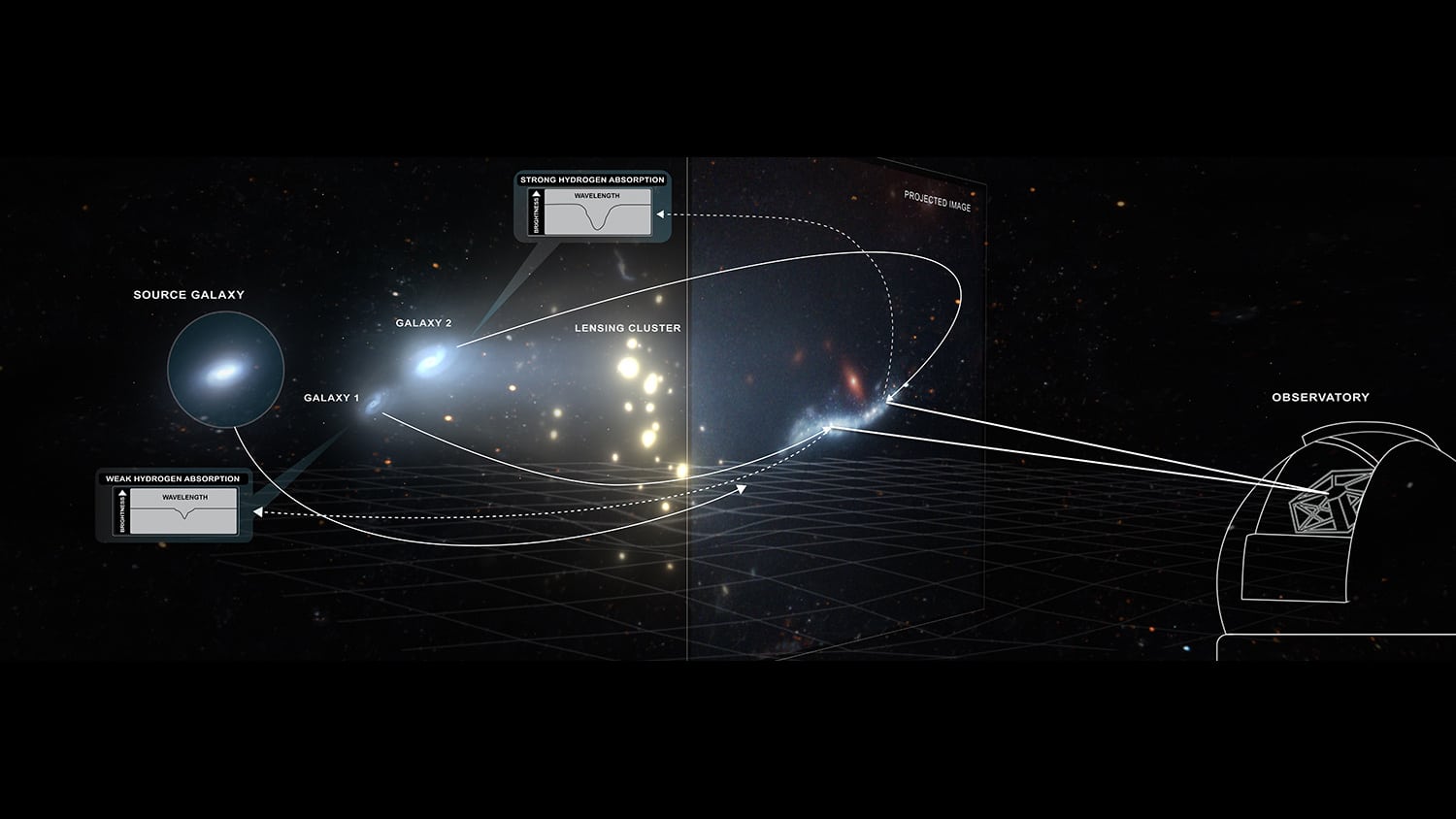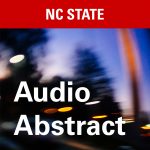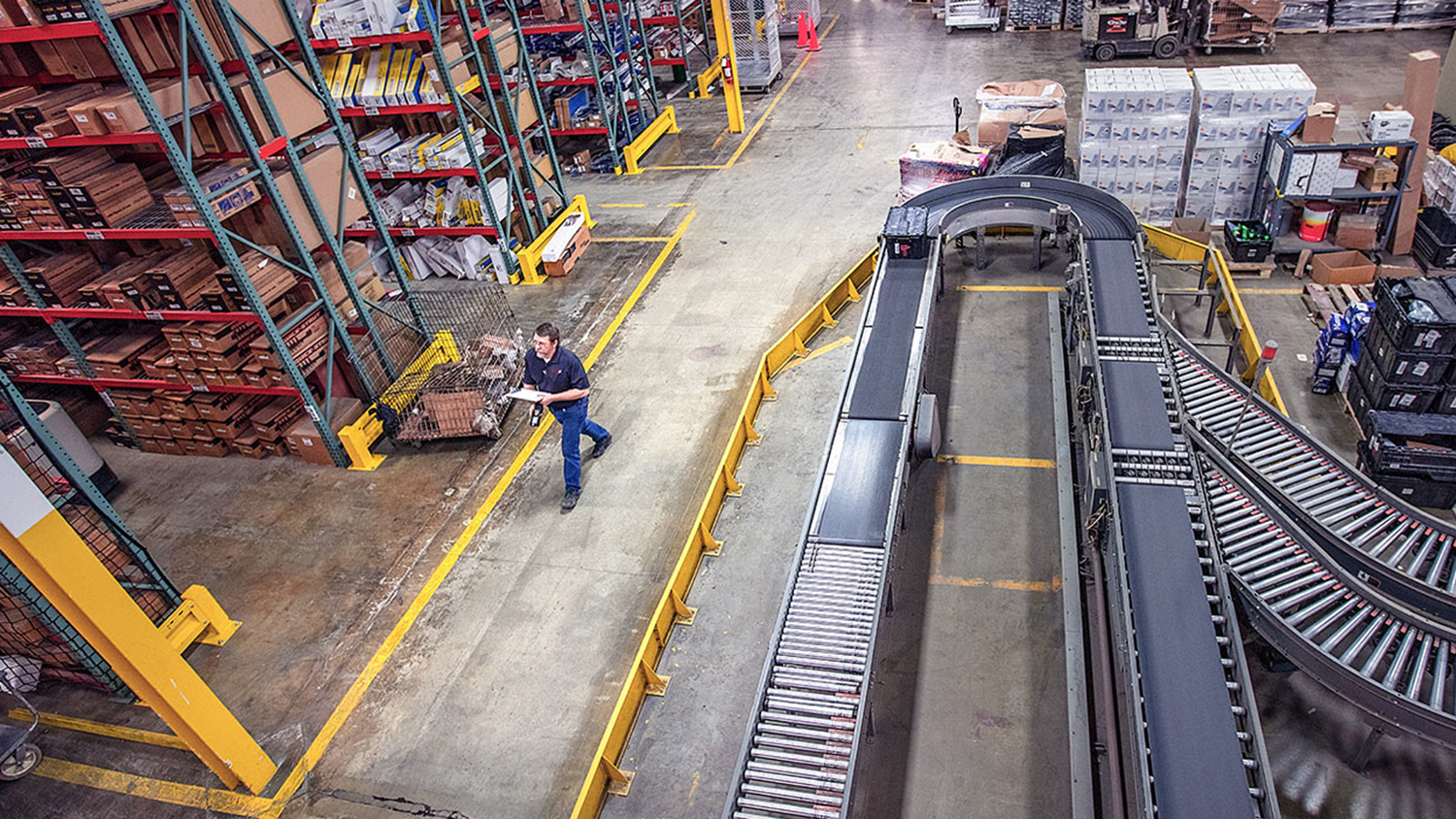Podcast: Galactic Nurseries


In the early universe, enormous clouds of diffuse neutral gases, known as DLAs, served as “nurseries” for stars and galaxies as the gases were the fuel for star formation. Rongmon Bordoloi, an assistant professor of physics here at NC State, joins Audio Abstact to talk about the difficulties in studying DLAs, what we know about them and what that might mean for our understanding of star formation in the earliest days of the universe.
“Effectively, [DLA’s are] balls of sort of diffuse gas that exist at a temperature of around 10,000 degrees,” Bordoloi says. “Astronomically speaking, they’re pretty cool, but they’re warm enough that they can collapse and form solid stuff like stars.”
Because these clouds are both very far away and don’t emit light, astrophysicists use spectroscopy to probe the interiors of these giant clouds.
But a technological advance in the form of large integral field spectrographs, coupled with a natural phenomenon known as galactic lensing, gave Bordoloi and colleagues the ability to really examine two DLAs, and try to get a handle on some big questions.
“What makes a galaxy star forming, becoming like a Milky Way, versus what makes a galaxy become a different kind of shape?” Bordoloi asks. What makes a galaxy red and dead? We see galaxies like this around us. Can we actually explain by looking at the reservoir of gas how a galaxy will evolve with time?”


